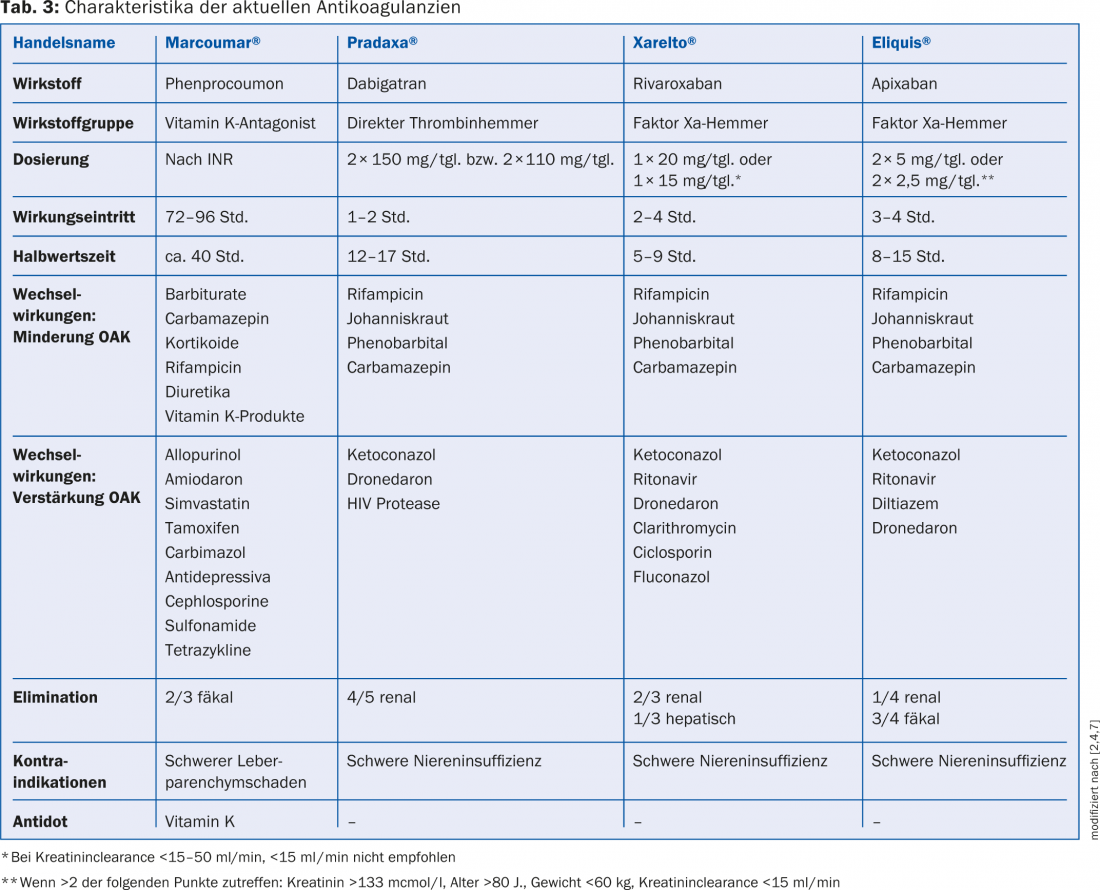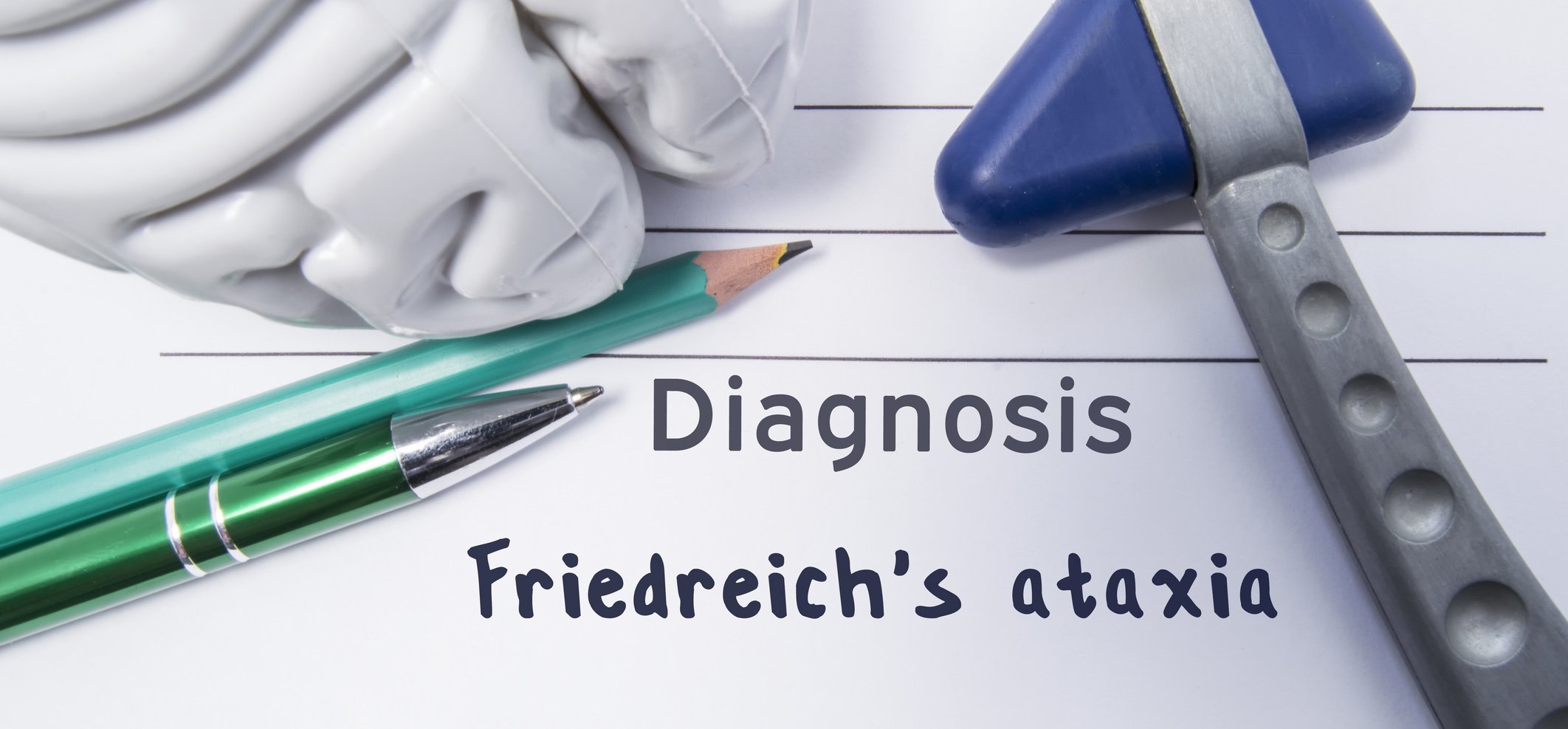Cardiology has evolved tremendously over the past decades. Interventional techniques and therapies have become safer and the results reproducible. Some of the surgeries that once required a sternotomy and heart-lung machine can now be performed under local anesthesia using catheter-based procedures through the groin or wrist. Just think of percutaneous coronary revascularization, catheter ablation of atrial fibrillation, percutaneous aortic valve replacement, or interventional closure of the left atrial auricle, to name a few examples. While the 20th century was aptly called the “century of surgeons” by Thorwald, the The 21st century will probably be the “century of interventional therapy”, at least in cardiology.
Especially with such a high cadence of innovations, it is essential that new interventions are performed according to best medical and ethical practice at centers with sufficient experience and case numbers. The results of new interventions are to be recorded, evaluated and critically scrutinized within the framework of studies and registries. This is the only way to ensure that these technological innovations really improve the treatment of our patients, and are not simply carried out because they exist or because something is technically feasible.
In parallel with interventional cardiology, however, drug therapy for cardiovascular disease has also evolved. Recently, the NOAKs, the new anticoagulants, in particular, have caused a revolution in the field of oral anticoagulation. But the new possibilities also demand more knowledge. Where once a patient with atrial fibrillation could simply be treated with Marcoumar®, today there are four preparations to choose from (see Tab. 3 on page 14 of the current issue), and more will be added.

In the current issue of HAUSARZT PRAXIS, you will find two articles on common cardiology topics. The article by Vanessa Weberndörfer, MD, and PD Richard Kobza, MD, Lucerne Cantonal Hospital, summarizes current drug and interventional therapy for atrial fibrillation. Zaid Sabti, MD, and I, both also from the Lucerne Cantonal Hospital, have compiled a comprehensive overview of angina pectoris therapy.
As you read, you will see that despite all the innovations and all the specialization, most of the work (from diagnosis and therapy to the initiation of further investigations) remains in the hands of the general practitioner. In view of the increasing specialization, it is becoming more and more important for someone to keep an overview and not lose sight of the “big picture”.
HAUSARZT PRAXIS 2014; 9(9): 10












